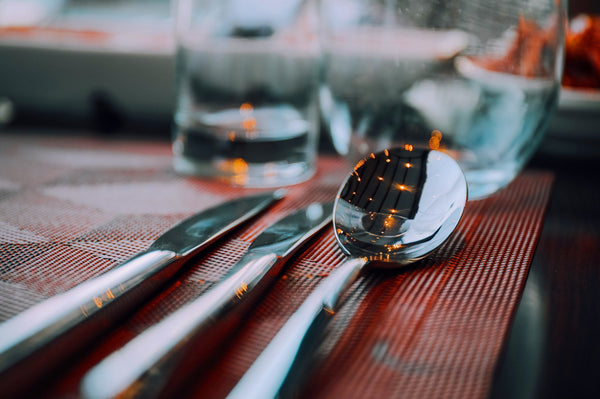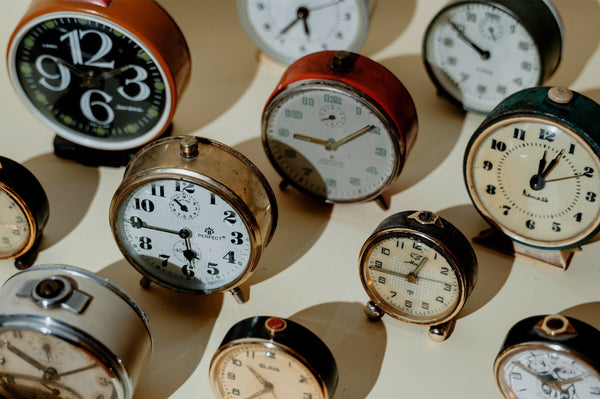HISTORY OF THE
GIN AND TONIC
The gin and tonic cocktail has a rich and complex history that dates back to the 15th century and began in the Netherlands with a medicinal drink called genever, the Dutch word for juniper, and what we know now as gin. This drink, later called Dutch courage, was a mixture of botanicals including coriander seeds, juniper berries, and star anise distilled with malt spirits...

Commonly referred to as gin tonic, G and T, GT, and ginto, the gin and tonic is a popular cocktail made of tonic water and gin poured over ice cubes in a chilled glass. A wedge of lime is usually added to garnish the drink, but some variations use lemon or cucumber instead. The gin to tonic ratio depends on several factors, including personal preferences, the strength of the gin, and the use of other mixers. Usually, most recipes use a ratio between 1:1 and 1:3. In some countries, it's common to find pre-mixed versions in single-serving cans.
The History of the Gin and Tonic
The gin and tonic cocktail has a rich and complex history that dates back to the 15th century and began in the Netherlands with a medicinal drink called genever, the Dutch word for juniper, and what we know now as gin. This drink, later called Dutch courage, was a mixture of botanicals including coriander seeds, juniper berries, and star anise distilled with malt spirits. The use of botanicals, especially juniper berries, served as a way to mask the defects of a rough distillation process.
Dutch people attributed medicinal properties to genever, so it was a common remedy for gout, heartburn, and the pain caused by gallstones. By the middle of the 15th century, it was widespread in the Netherlands, with about 400 distilleries in Amsterdam alone. A century later, English soldiers, fighting on Dutch land during the Thirty Years' War, discovered genever as it was also what Dutch soldiers would drink before going into battle. They renamed it Dutch courage and took it back to England, where it proliferated at a rapid pace but had not yet become the gin and tonic cocktail.
According to statistics from that time, a quarter of households in London were already making their own gin by 1745. But, the proliferation of this drink brought some social problems, too, as its availability and low costs made the working class drink to death.
To explain how England's most popular drink became the renowned gin and tonic, we need to skip forward several decades until 1857, when the British government occupied India. During that time, malaria represented a persistent issue on the Indian continent and other tropical regions. So, Scottish doctor George Cleghorn started evaluating the different ways quinine, a bitter-tasting substance extracted from the cinchona bark, could be used to ward off malaria. The final result was a tonic made of quinine, water, and sugar to dissipate the tree's bitterness.
Once the tonic was made, British people added their beloved gin, and the medicinal drink of gin and tonic was born. For years, this is what British soldiers stationed in India consumed daily to avoid malaria. Despite many testimonials affirming the drink's effectiveness, it was later revealed by a group of doctors that the drink doesn't cure or prevent malaria. In fact, you'd need to drink 18 gallons of gin and tonic in a day to have a dose of quinine strong enough to protect you from it. Clearly, the soldiers' daily dose was nowhere near that amount.
Gin and Tonic Ingredients and Variations
Although the traditional gin and tonic recipe has remained fairly consistent over the years, there are variations in the ratios used, ingredients, and methods of preparation. Some favor cucumbers or lemon slices over lime wedges, while others prefer using oranges and cherries to garnish the drink. It's also common for some bartenders to add spiced simple syrup, tea, grenadine, or sugar cubes to sweeten the drink.
Radical versions of this drink can also contain chocolate liqueur, champagne, vermouth, smoky whiskey, orange juice, and peach liqueur. When such ingredients are added, the drink's original composition changes, so it's renamed a gin-and-tonic-inspired drink.
Regarding methods of preparation, some bartenders use soda guns or pre-mixed GTs in single-serving cans to save time. However, our recommendation is to always ask for the old-school way (with quality tonic), as soda guns or pre-mixed versions add a completely different taste to the drink. Ice is another point of contention as, depending on the bartender, the drink may have a little more or less ice than the recommended amount in the traditional recipe.
The Perfect Gin and Tonic
Despite only being two ingredients, the quality of both the tonic and gin, as well as the way they're poured over ice, have a great influence on the final result. For a perfect gin and tonic, experts recommend the drink to be bracingly cold, as a reduced temperature makes it more enjoyable and soothes the alcohol taste perception. To do that, it's necessary to chill the spirit and glasses before serving, and if that's not an option, using a generous amount of ice should do the trick.
There are nine different types of gin, including the London dry, which is one of the most popular types of gin, and depending on the type used, your drink may have aromatic or more straightforward notes. London dry and Plymouth gin are both great options and pair well with a quality tonic.
Regarding serving, some experts suggest using a bar spoon to pour down the tonic to preserve effervescence, while others claim that pouring down the tonic slowly works just as well. Using good quality ice made with pure or filtered water is also recommended.
The Gin and Tonic Cup
Today, the gin and tonic cocktail is served in fancy large bowl glasses for a more aesthetic look, which is also a way for bars and clubs to charge more, but if you're after a classic GT and want to be served in a classic way, then asking for a tall glass is the way to go. Besides, using tall glasses keeps all the bubbles in and gives you more room for the ice.
Alternatively, you can also use your own glasses to make a delicious GT at home. Don't forget to follow the listed best practices and use Rabbit Hole's London Dry Bespoke Gin. Or, if you'd like to know more about the story behind other equally popular spirits, check our lifestyle section, or just start with our post about the history of Angostura bitters.






